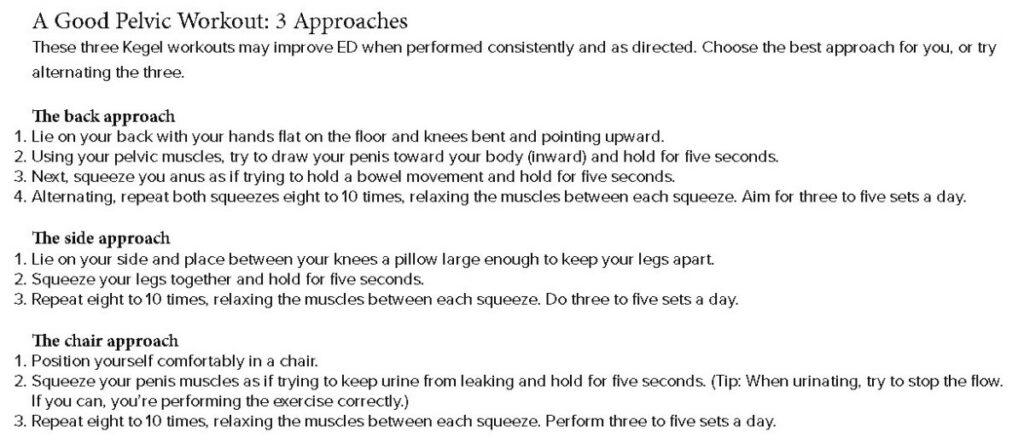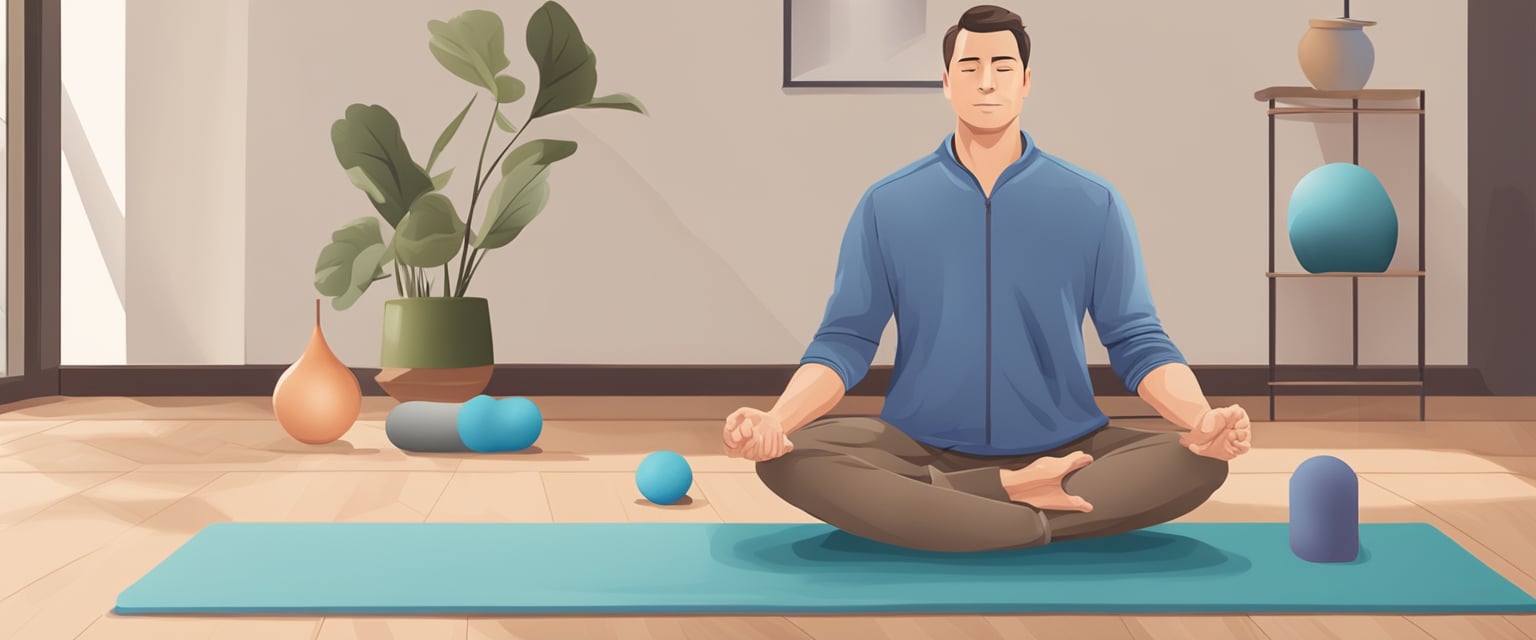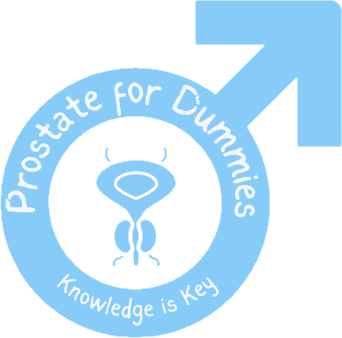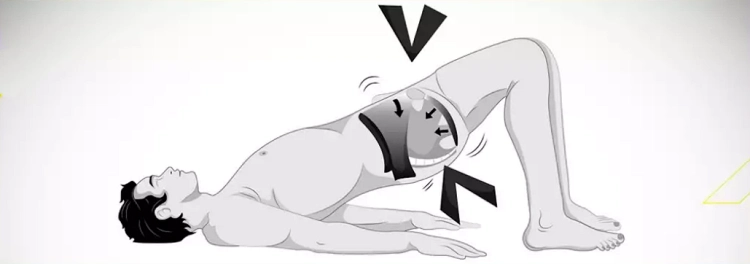Kegels for Prostate: Boost Bladder Control and your Sex Life. Kegel exercises aren’t only for women – they can be a game-changer for men’s prostate health too. These simple muscle contractions can help with issues like incontinence and even boost your sexual performance. Kegel exercises strengthen the pelvic floor muscles, which support your bladder, bowel, and sexual function.

You might be wondering how to do Kegels correctly. It’s all about locating and flexing the right muscles. Imagine you’re trying to stop the flow of urine mid-stream – those are the muscles you want to target. Start by holding the contraction for a few seconds, then release. As you get stronger, you can increase the duration and number of repetitions.

Consistency is key when it comes to Kegel exercises. Regular practice can help improve bladder control and reduce stress incontinence, especially after prostate surgery. Plus, they’re discreet – you can do them anytime, anywhere, without anyone knowing.
Key Takeaways
- Kegel Exercises – they’re for men too
- Kegel exercises strengthen pelvic floor muscles to support prostate health
- Proper technique involves contracting and releasing the right muscle groups
- Regular practice can improve bladder control and sexual function
Understanding Prostate Health and Kegel Exercises
It turns out there are numerous kegel exercises that you can do to help with prostate health. The YouTube video below shows many of them. It is not long – just over 6 minutes and while you will not be able to perform all of these exercises just anywhere they are effective in helping you solve prostate issues.
Kegel exercises can significantly improve your prostate health and overall well-being. These simple yet effective exercises target key muscles that play a crucial role in bladder control and sexual function.
The Role of the Pelvic Floor Muscles
Your pelvic floor muscles form a supportive sling beneath your pelvis. They help control urination, bowel movements, and sexual function.
These muscles can weaken due to factors like age, surgery, or certain health conditions. Weak pelvic muscles may lead to issues such as:
- Urinary incontinence
- Erectile dysfunction
- Pelvic pain
Strengthening your pelvic floor through Kegels can help prevent or alleviate these problems. Regular practice helps maintain muscle tone and function.
Benefits of Kegel Exercises for Men
Kegel exercises offer numerous advantages for men’s health:
- Improved bladder control
- Enhanced sexual performance
- Reduced risk of erectile dysfunction
- Faster recovery after prostate surgery
Practicing Kegels regularly can help you maintain prostate health and improve your quality of life. These exercises are easy to do and can be performed discreetly anywhere, anytime.
Kegels and Prostate Cancer Recovery
If you’ve undergone prostate cancer treatment, Kegel exercises can be particularly beneficial. They can help you regain urinary control and sexual function more quickly.
After prostate surgery, many men experience temporary incontinence. Kegels can significantly reduce recovery time and improve continence outcomes.
Start Kegel exercises before your surgery if possible. This can help you familiarize yourself with the technique and potentially speed up your recovery process. Always consult your doctor about the best time to begin or resume Kegel exercises after prostate cancer treatment.
Executing Kegel Exercises Correctly
Kegel exercises can significantly improve your prostate health and bladder control when done properly. Here’s how to perform them effectively and make them part of your daily routine.
Identifying the Correct Muscles
To do Kegels right, you need to know which muscles to target. These are your pelvic floor muscles, which support your bladder and bowel.
An easy way to find them is to stop urinating midstream. The muscles you use to do this are your pelvic floor muscles. Another method is to imagine you’re trying to hold in gas.
Don’t tense your abs, buttocks, or thighs. Focus solely on the pelvic area. If you’re unsure, consult a doctor or physical therapist for guidance.
Step-by-Step Guide to Performing Kegels
- Find a comfortable position (sitting, standing, or lying down).
- Contract your pelvic floor muscles for 3-5 seconds.
- Relax for 3-5 seconds.
- Repeat 10-15 times per set.
Start with 2-3 sets daily and gradually increase. Don’t hold your breath or push down. Instead, breathe freely as you contract and relax.
For variety, try quick flicks. These are rapid contractions and releases. Do 10-20 in a row, then rest.
Remember, quality beats quantity. Focus on proper form rather than rushing through repetitions.
Incorporating Kegels into Daily Routine
Make Kegels a habit by linking them to daily activities. Do a set while brushing your teeth, during commercial breaks, or at red lights.
Set reminders on your phone to prompt you throughout the day. Aim for at least 3 sessions daily.
As you get stronger, increase the duration of contractions and the number of repetitions. You might start feeling results in a few weeks, but it can take months to see significant improvements in bladder control and sexual function.
Be patient and consistent. Like any exercise, Kegels require regular practice to be effective. If you have concerns about urinary incontinence or erectile dysfunction, talk to your doctor about incorporating Kegels into your treatment plan.
Frequently Asked Questions

Men often have questions about Kegel exercises for prostate health and sexual performance. Here are some common queries and practical answers to help you understand and implement this beneficial practice.
How do you properly perform Kegel exercises for guys?
To do Kegels correctly, first, locate your pelvic floor muscles by stopping your urine mid-stream or tightening the muscles that prevent passing gas. Once you’ve identified these muscles, contract them for 3 seconds, then relax for 3 seconds.
Repeat this 10 times per set. Aim to do 3 sets daily. Remember to keep your abdomen, thighs, and buttocks relaxed while doing Kegels.
Can Kegel workouts improve sexual performance for men?
Yes, Kegel exercises can enhance your sexual performance. By strengthening your pelvic floor muscles, you may experience improved erectile function and better ejaculatory control.
Regular Kegels can also increase sexual sensation and intensity of orgasms. This can lead to more satisfying sexual experiences for both you and your partner.
Is there a truth to Kegels making you larger down there?
No, Kegel exercises won’t increase the size of your penis. They strengthen internal muscles, not external tissue.
While Kegels can improve blood flow and erectile function, which may lead to fuller erections, they don’t actually change your physical dimensions.
How often should men do Kegel exercises to see benefits?
For optimal results, aim to do Kegel exercises 3 to 5 times a day. Each session should consist of 8 to 10 repetitions.
Consistency is key. You might start noticing improvements in bladder control within a few weeks, but significant changes in sexual function may take several months of regular practice.
What’s the scoop on those Japanese exercises for shrinking the prostate?
There’s limited scientific evidence supporting specific “Japanese exercises” for shrinking the prostate. Most prostate health recommendations focus on general lifestyle changes and pelvic floor exercises like Kegels.
There is limited information on the Japanese Exercises. It seems that it is a bit of an urban myth. The Japanese focus on holistic well-being more than any miracle cure.
Always consult with a healthcare professional before trying new treatments for prostate issues.
Are there any good exercises to help tackle an enlarged prostate?
While Kegels are great for pelvic floor strength, other exercises can also help with an enlarged prostate. The bridge exercise is particularly beneficial.
Lie on your back, knees bent, feet flat on the floor. Engage your pelvic floor and lift your hips. Hold for up to 10 seconds, then lower. Regular practice can improve prostate health and urinary symptoms.


